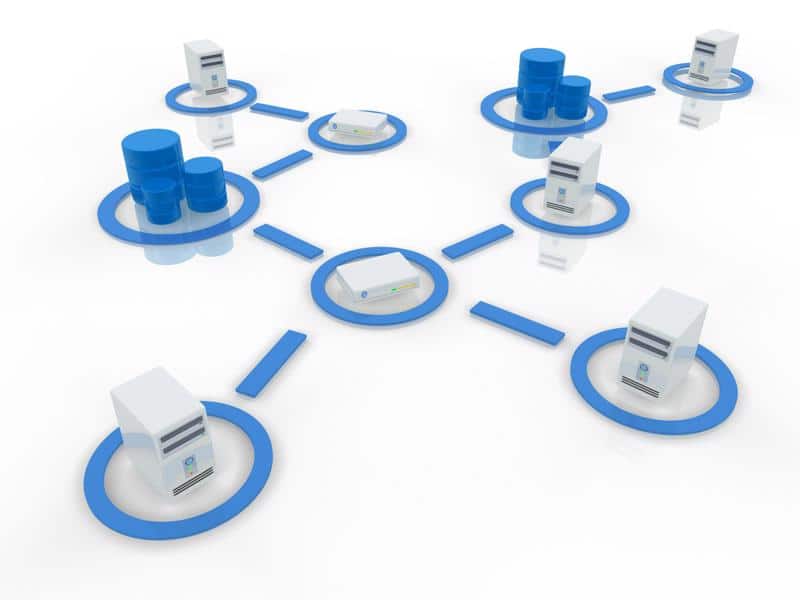Almost everyone, regardless of industry, recognizes the growing importance of cybersecurity. Cyberattacks are on the rise and growing increasingly varied and sophisticated. According to data collected by Cybersecurity Ventures, the annual cost of cybercrime is estimated to reach roughly $6 trillion by 2021. An effective information security policy is, in many cases, the only thing standing between companies and possible financial ruin.
The danger is especially real for small- to medium-sized businesses. Data from the U.S. Securities and Exchange Commission found that only slightly more than a third of SMBs (40 percent) survive for longer than six months after a successful data breach. For these types of organizations, cybersecurity is literally a matter of life and death.
The good news: Many businesses recognize the need for effective cybersecurity strategies and are investing heavily in personnel and software solutions. The bad news: Many of these same companies are only reacting, not thinking about how to best deploy this protective framework. Effective cybersecurity isn’t as simple as applying a bandage to a cut.
It can be better equated to introducing a new nutritional supplement to the diet. The whole procedure is vastly more effective if integrated into every meal. To best use modern cybersecurity practices, businesses must rethink their approaches to corporate data structure. Data analytics is a vital tool in providing the best in information protection.
“Segmenting data spells disaster for an effective cybersecurity policy.”
Siloed data is unread data
As organizations grow, there is a tendency to segment. New branches develop, managers are appointed to oversee departments – in general, these groups tend to work on their projects and trust that other arenas of the company are also doing their jobs. The responsibility is divided and thus, easier to handle.
While this setup may make the day-to-day routine of the business easier on executives, it spells disaster for an effective cybersecurity policy. This division process creates siloed or segmented data pools. While a department may be very aware of what it is doing, it has far less knowledge of other corporate branches.
Many organizations may figure that an in-house IT team or chief information security officer can oversee everything, keeping the company running at full-tilt. However, this assumption is only half-true. While these staff members can and do oversee the vast majority of business operations, they will lack the data to make comprehensive decisions. A report from the Ponemon Institute found that 70 percent of cybersecurity decision-makers felt they couldn’t effectively act because of a surplus of jumbled, incoherent data.
Data analytics, or the study of (typically big) data, provides facts behind reasoning. To gather this information, companies need systems and software that talk to one another. Having the best-rated cybersecurity software won’t make a difference if it can’t easily communicate with the company’s primary OS or reach data from several remote branches.
CISOs or other qualified individuals can make practical, often less-expensive strategies with a clear view of the entire company. Without this type of solution, a business, no matter its resources or personnel, will essentially be operating its cybersecurity strategy through guesswork.
 Separated data creates bubbles where information can be misplaced or duplicated, resulting in a slower data analysis process.
Separated data creates bubbles where information can be misplaced or duplicated, resulting in a slower data analysis process.Centralized businesses may miss real-time updates
Businesses face another challenge as they expand. Data collection has, in the past, slowed with remote locations. Before IoT and Industry 4.0, organizations were bound with paper and email communications. Remote branches typically grouped data reports into weeks or, more likely, months.
This approach meant that the central location effectively made decisions with month-old information. When it comes to minimizing the damage from data breaches, every hour matters. Luckily, many institutions can now provide data streaming in real time. Those that can’t must prioritize improving information flow immediately. Cybercrime looks for the weakest aspect within a company and tries to exploit the deficiency.
For data analytics to work properly, businesses need access to the full breadth of internal data. The more consistent and up to date this information is, the better CISOs and IT departments can make coherent and sensible decisions.
Visibility may not sound like the answer to fighting cyberattacks, but it is a crucial component. Companies need to be able to look within and adapt at a moment’s notice. This strategy requires not just the ability to see but also the power to make quick, actionable adjustments. Those organizations that still segment data will find this procedure difficult and time consuming.
As cybercrime becomes an expected aspect of business operations, those who still think in siloed brackets must change their mindsets or face expensive consequences.
